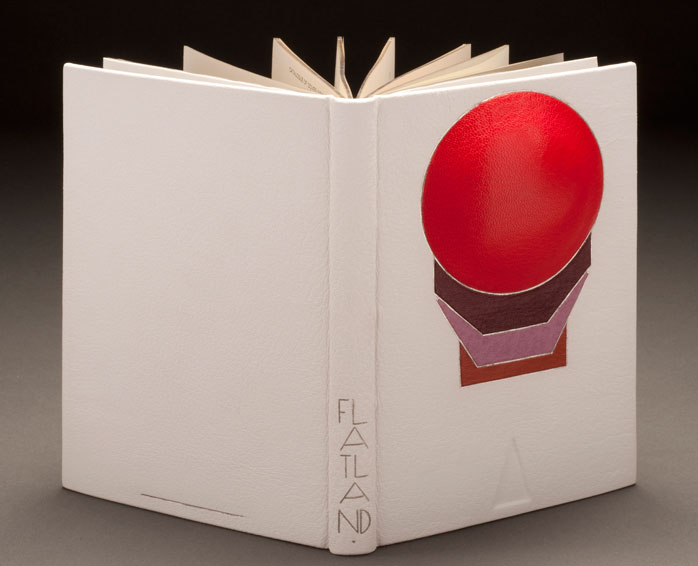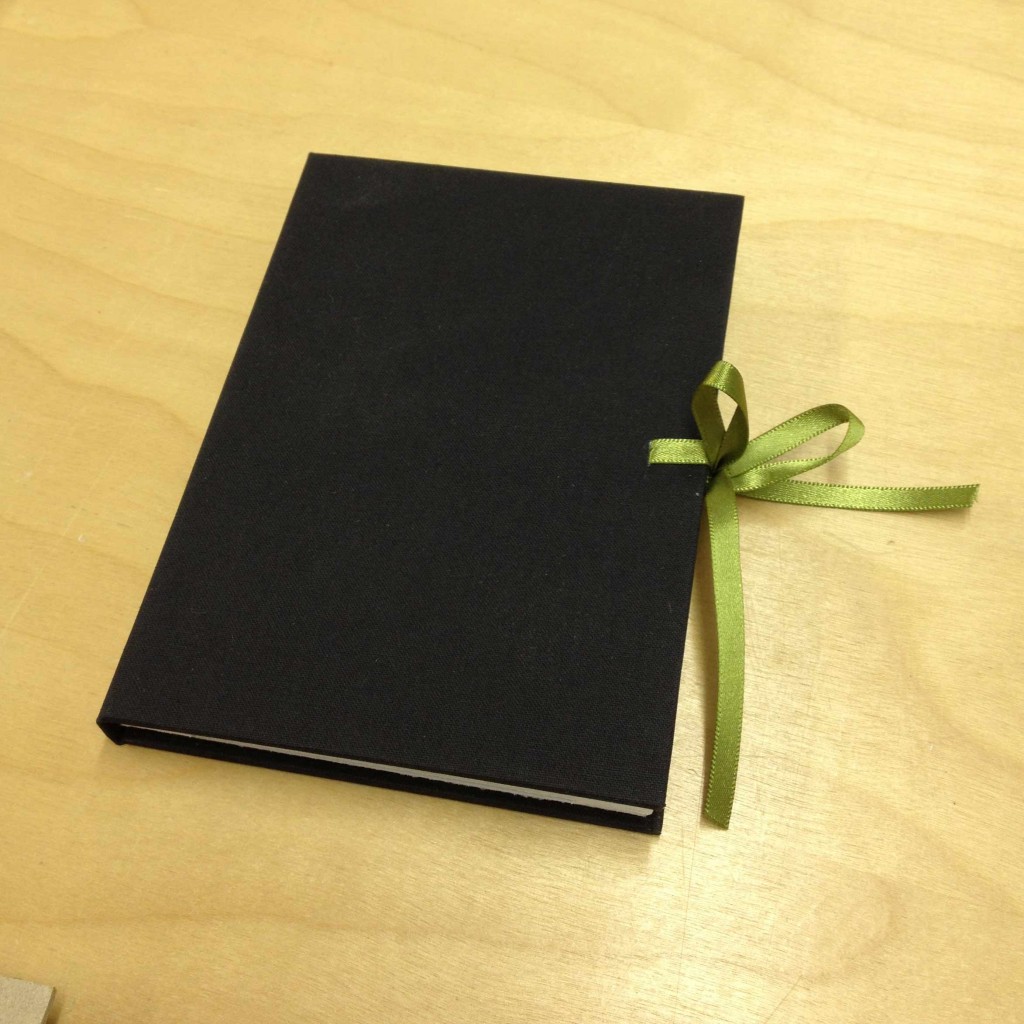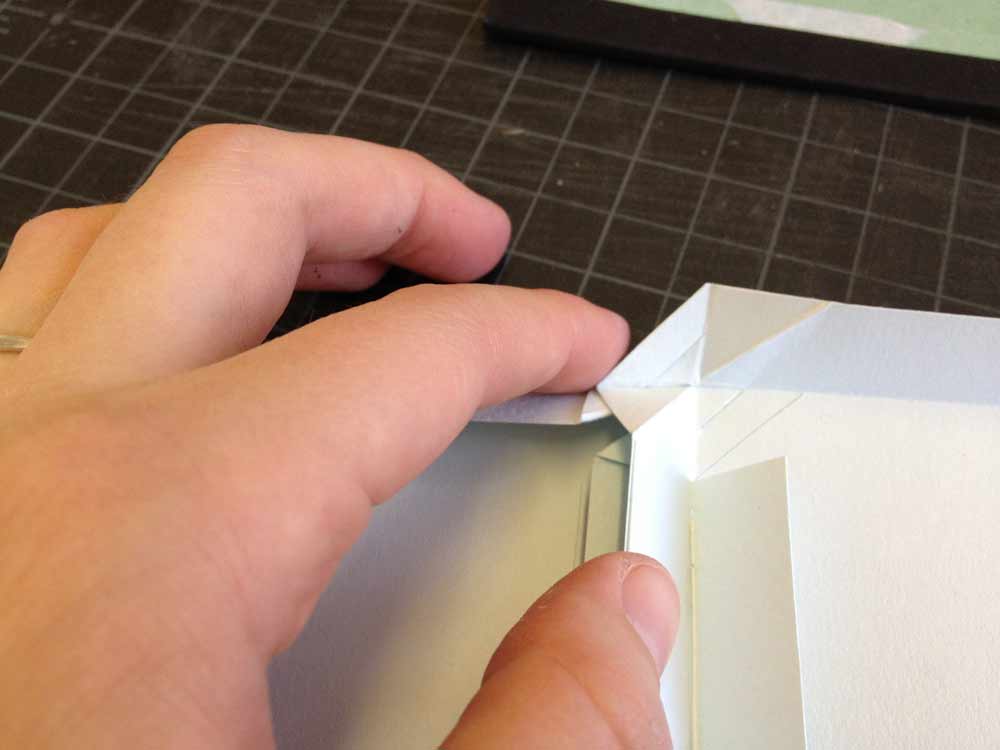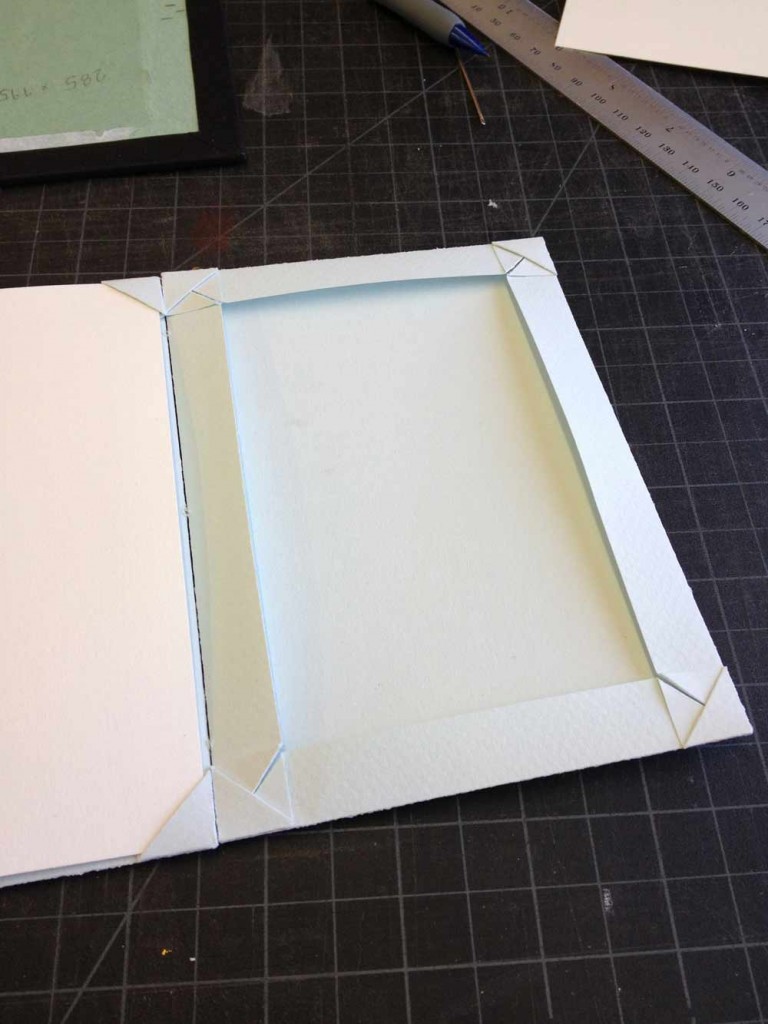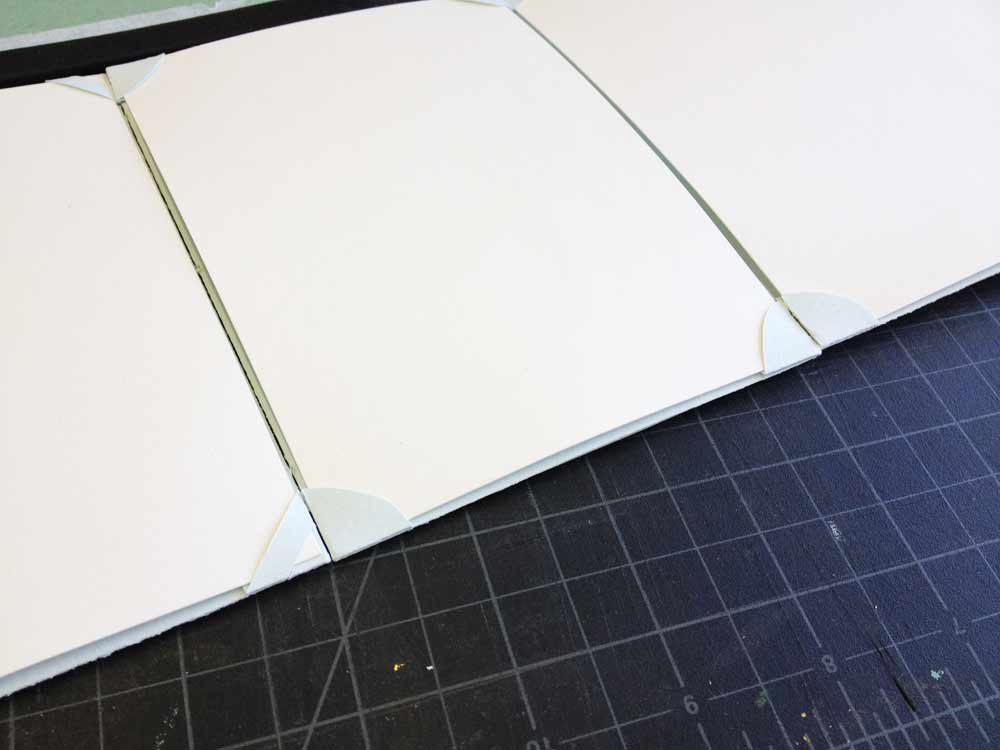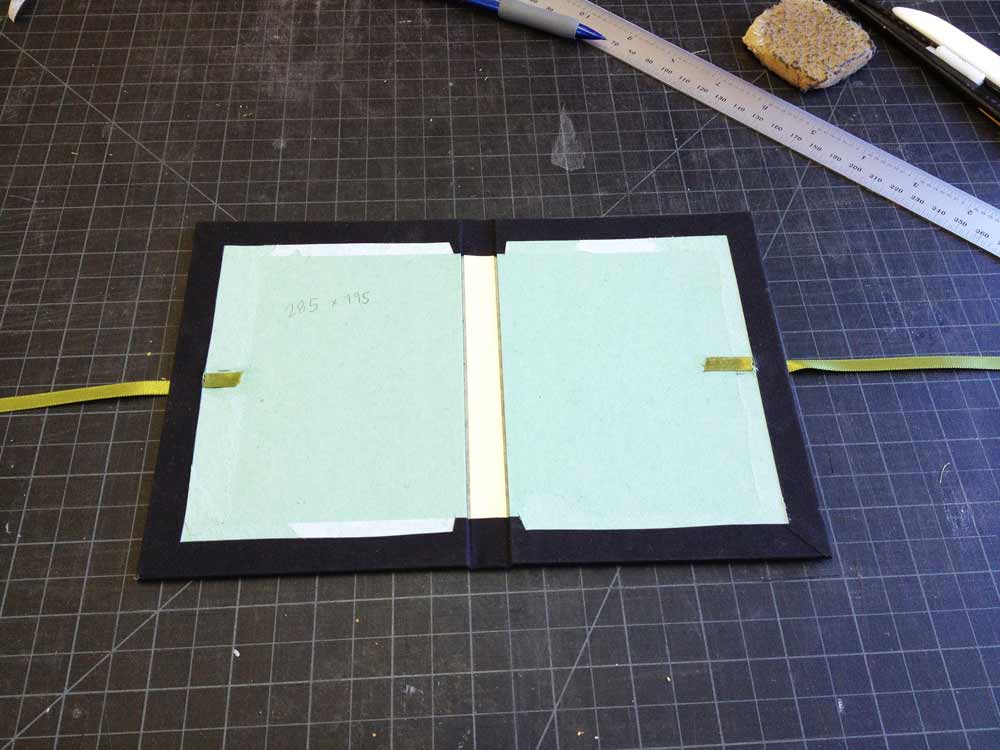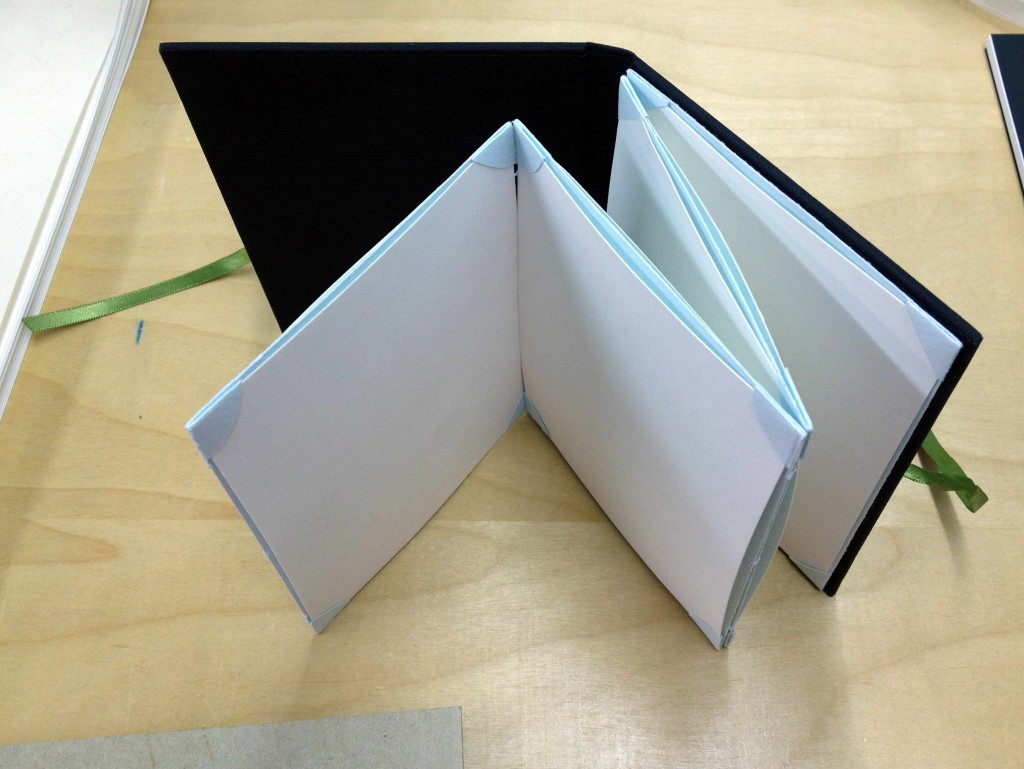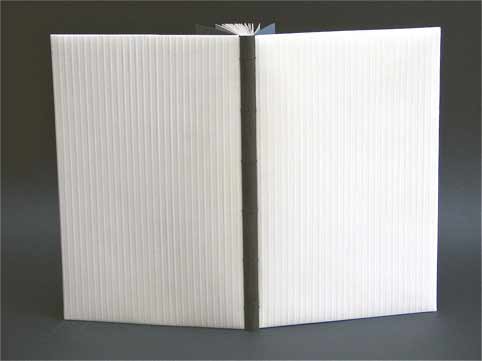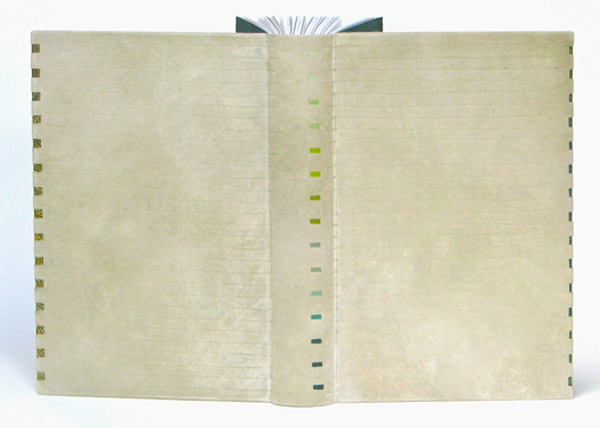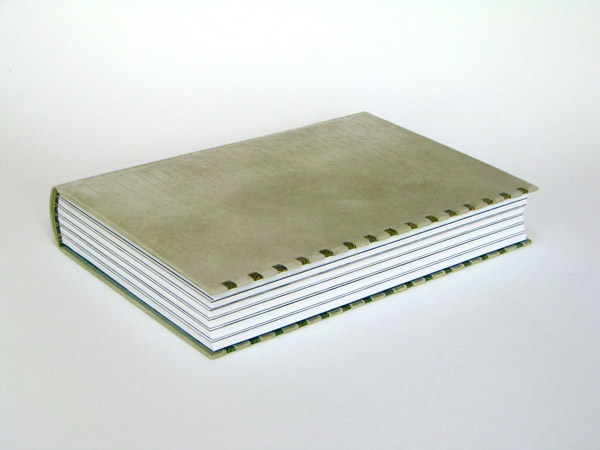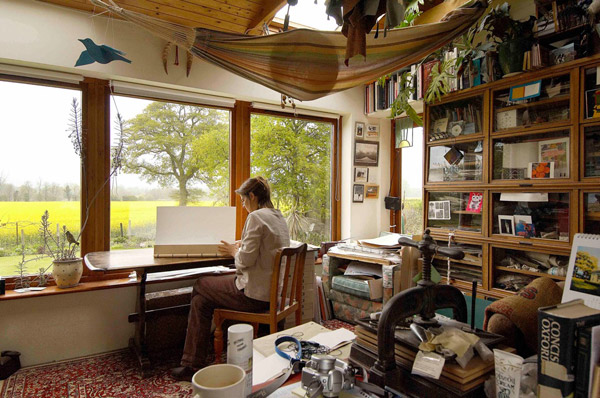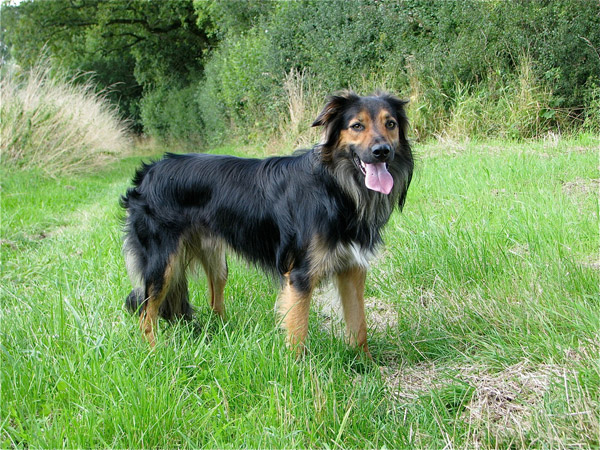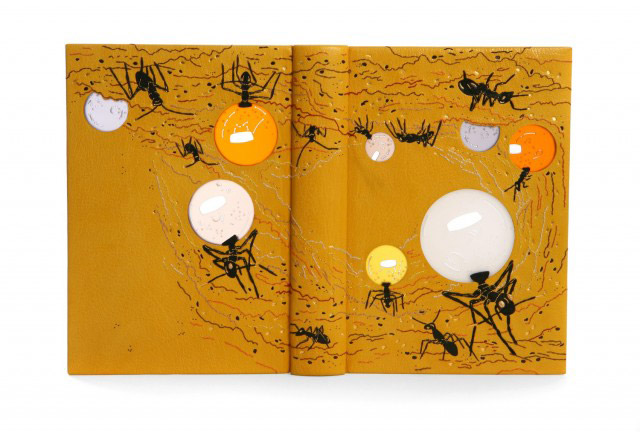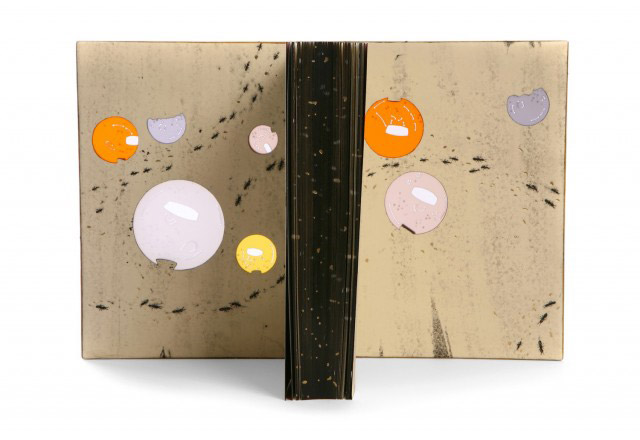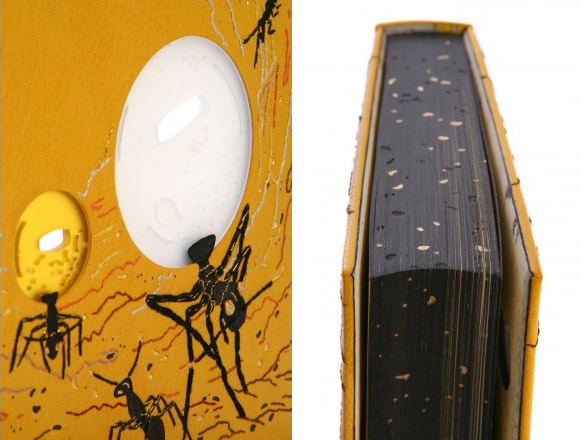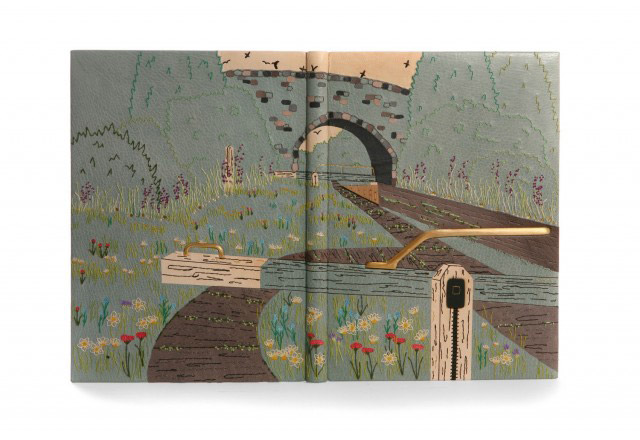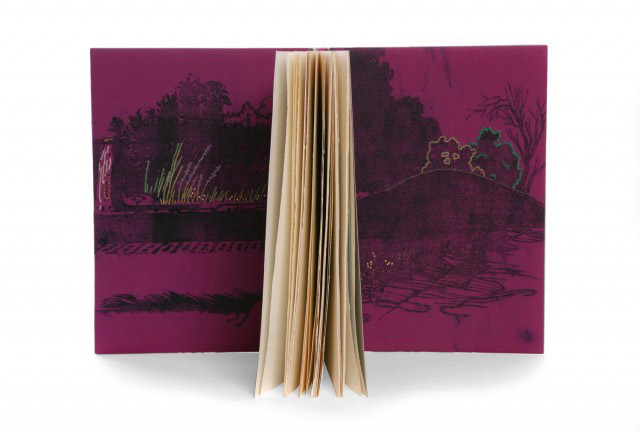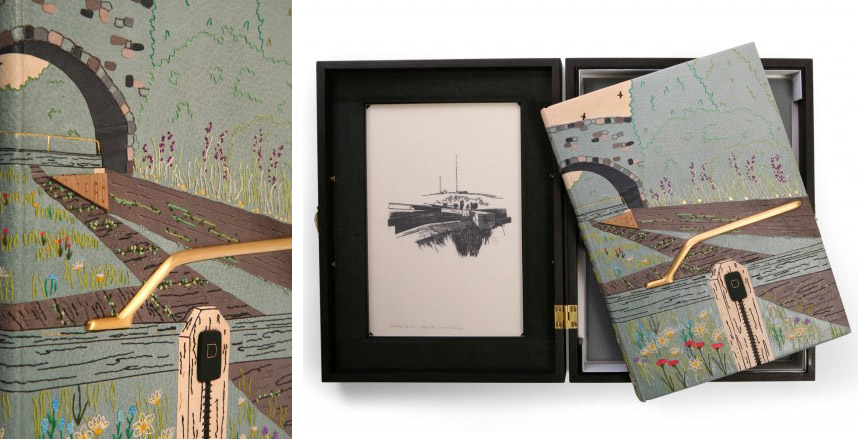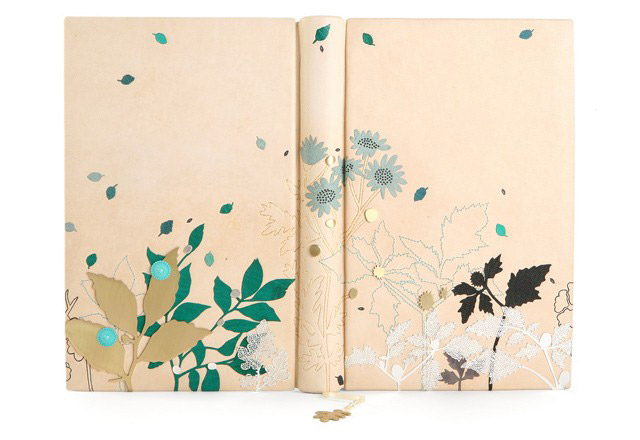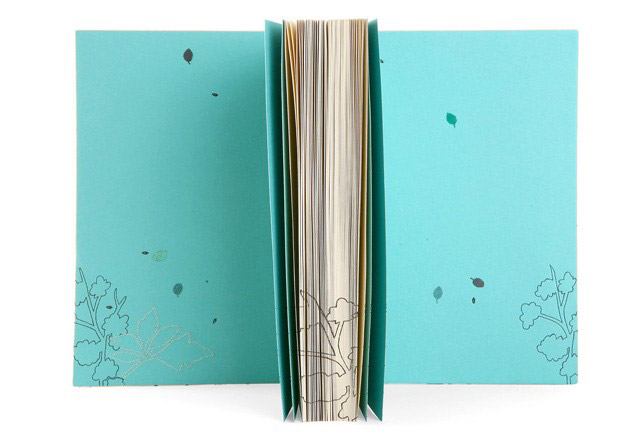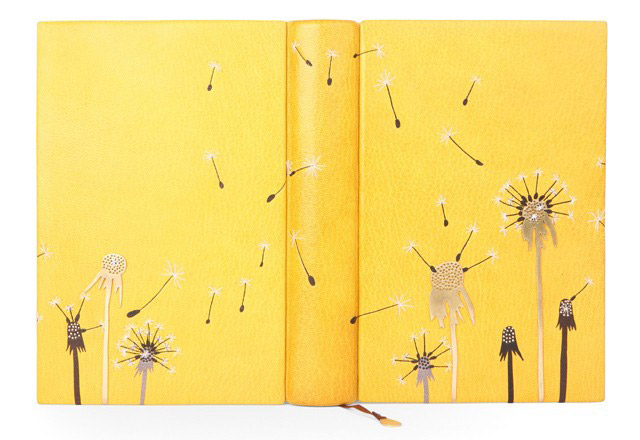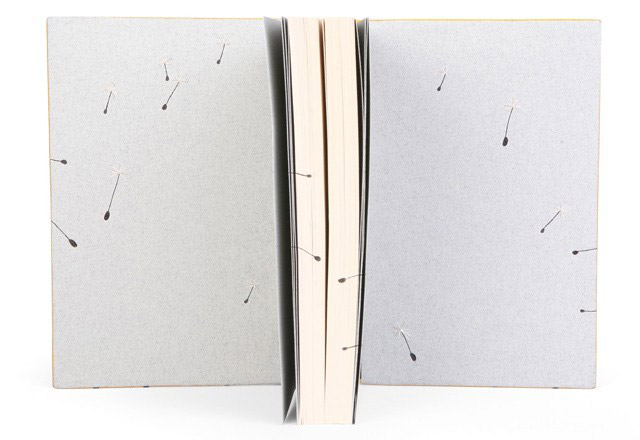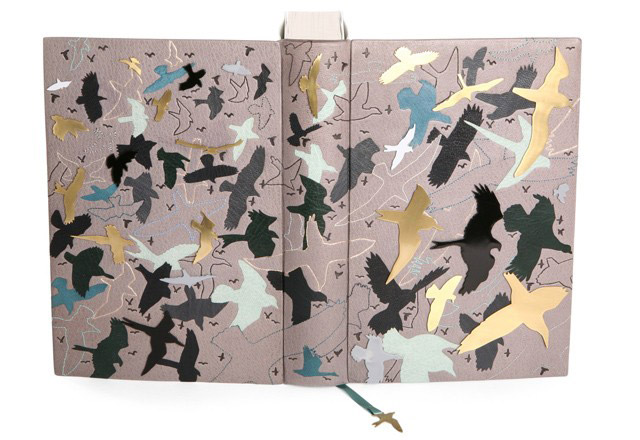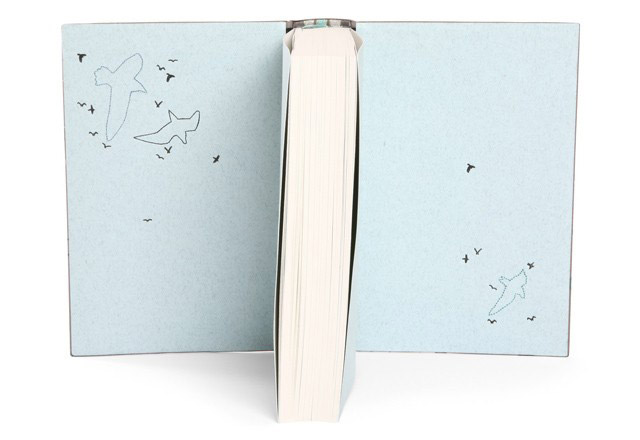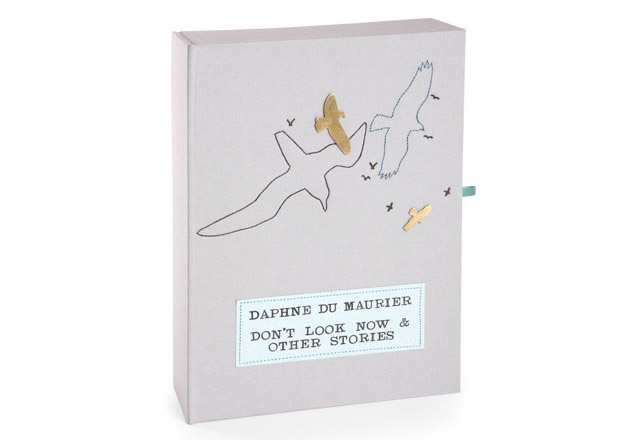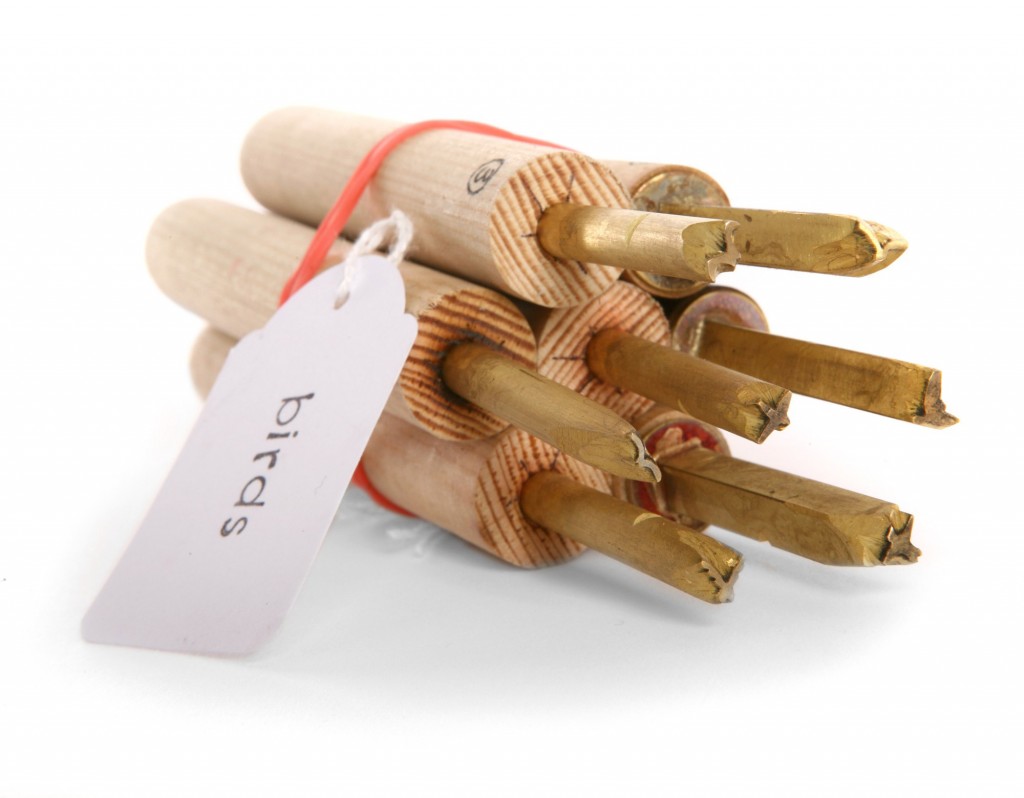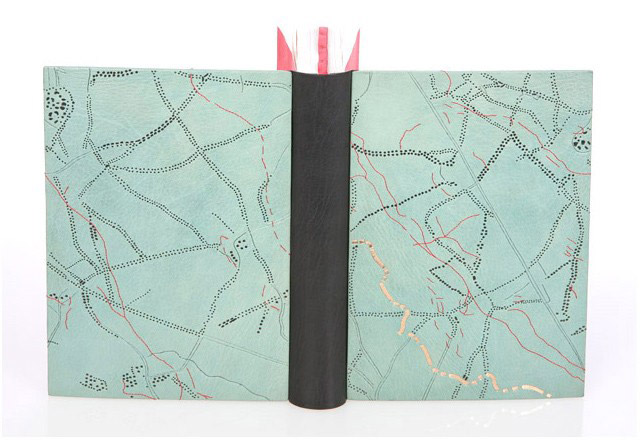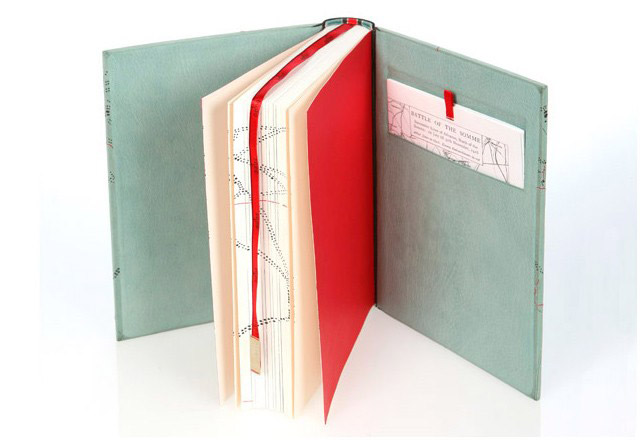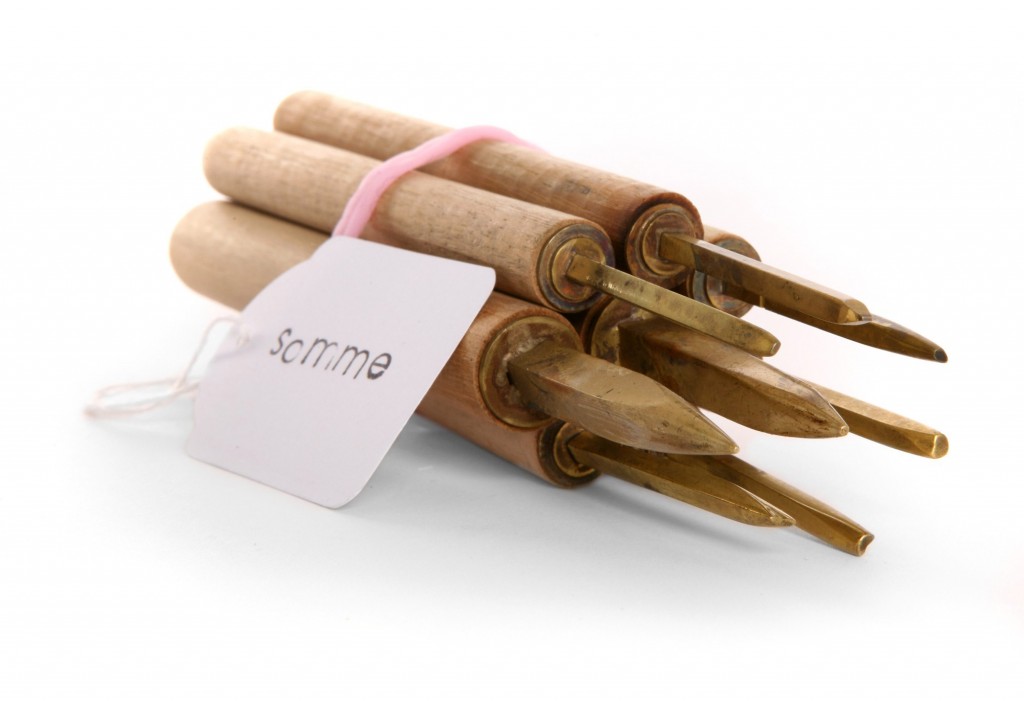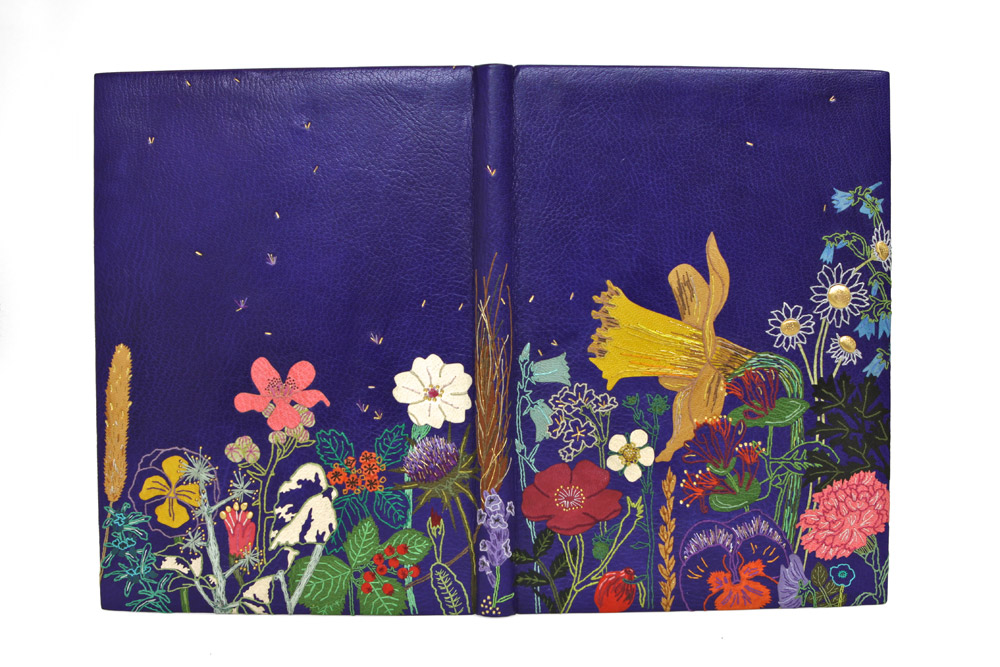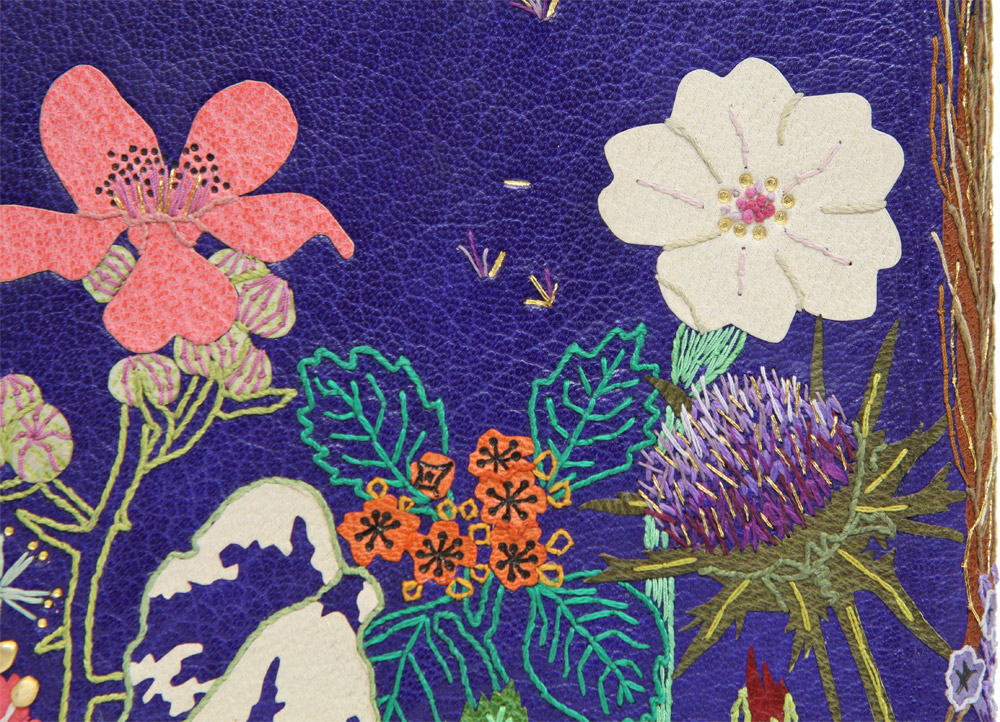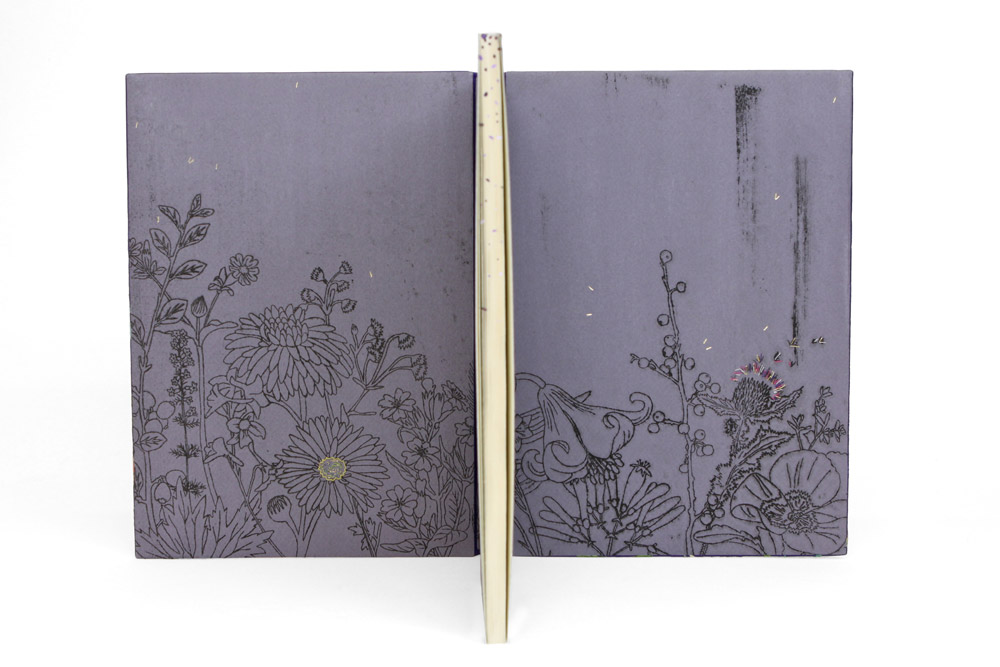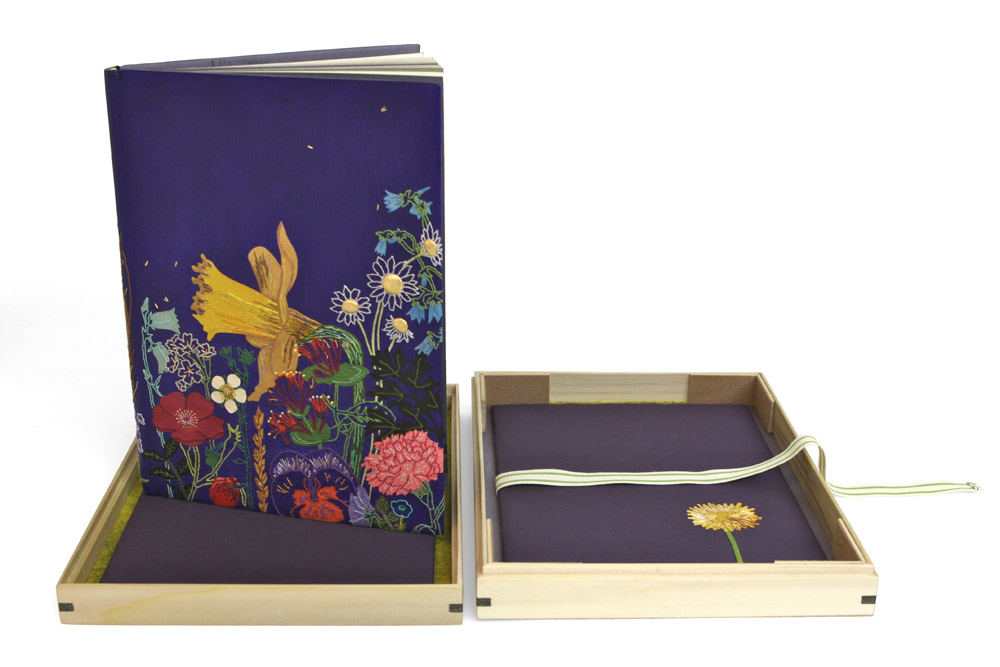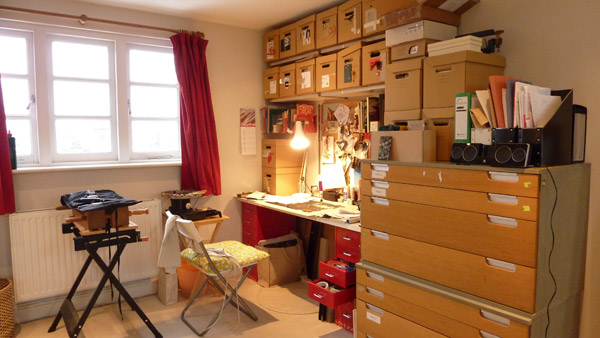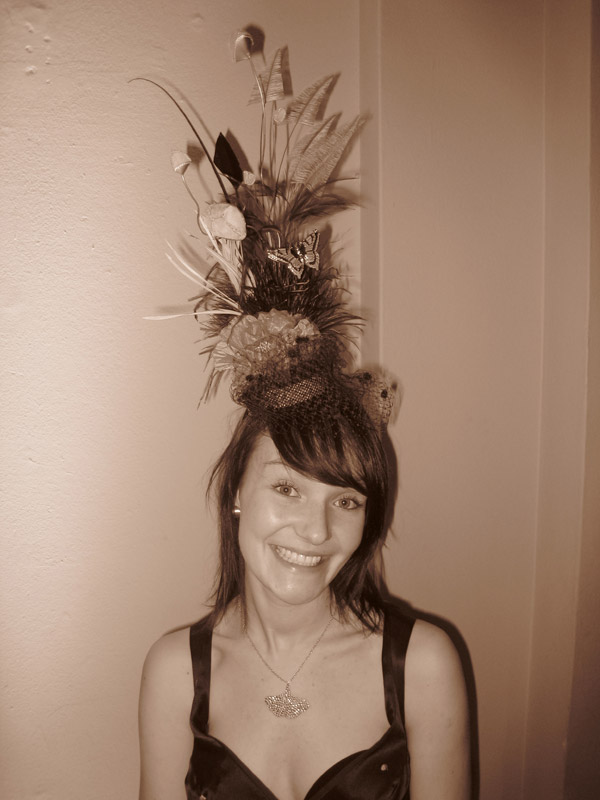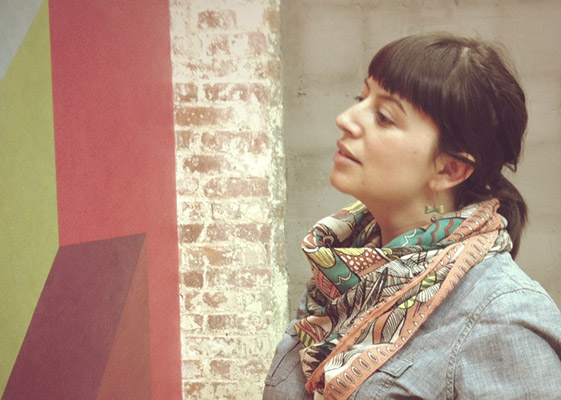After waiting patiently for months, the catalog for the Guild of Book Workers Traveling Exhibition: Horizon is now online!! I am so honored to be apart of this show, exhibiting with other binders and book artists whom I respect. Here are a few of my favorites from the show:
1. I love the dyed goatskin and layered elements which include painted lizard on Coleen Curry’s Tamalpais Walking
2. I am always amazed by the work of Mark Esser. His craftsmanship is always executed perfectly: William Anthony, Fine Binder
3. Ever since I visited Karen Hanmer at her home bindery where she graciously allowed me to handle her work, this book has been one of my favorites: Horizons… Capri
4. Horizon, Where Earth Meets Sky bound by Priscilla Spitler, whom I believe is one of the best at executing pictorial designs out of leather and other materials
5. 42nd Parallel bound by Wendy Withrow is such an elegantly designed book on a theme we can all relate
I also had the delight of being exhibited alongside three of my classmates from North Bennet Street School:
1. Flatland: A Romance of Many Dimensions bound by Erin Fletcher (that’s me)
2. The Silmarillion bound by Heather Bain
3. Dance of Death bound by Samuel Feinstein
4. Hiroshima bound by Rebecca Koch
